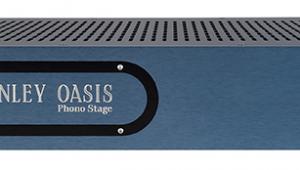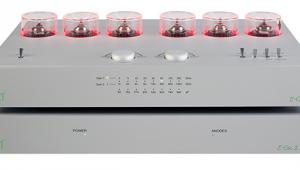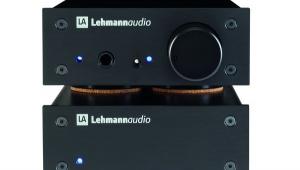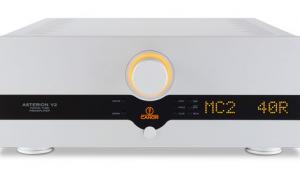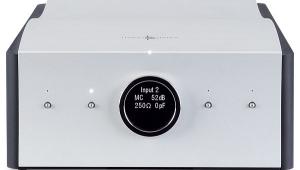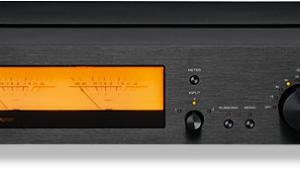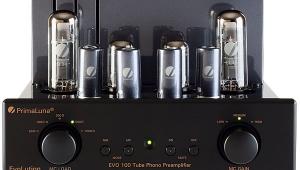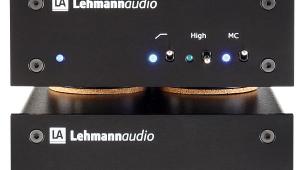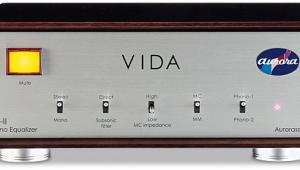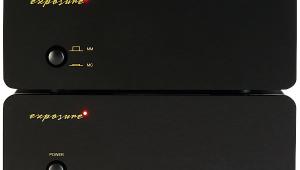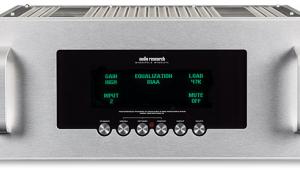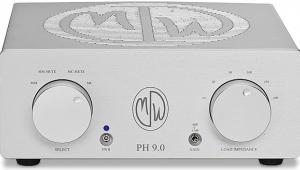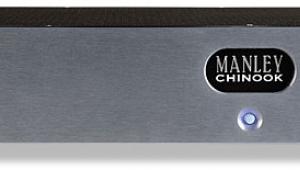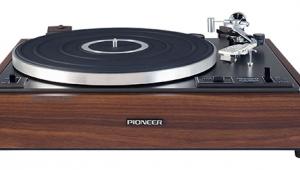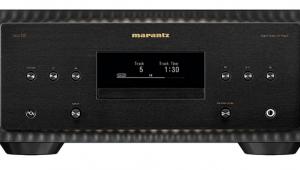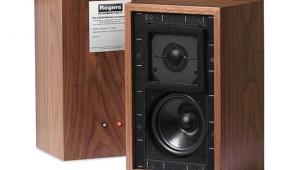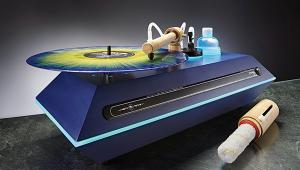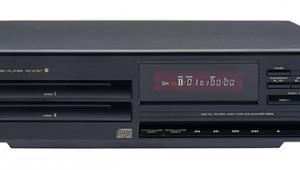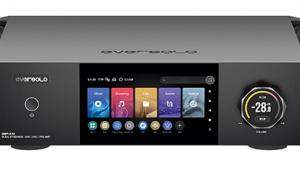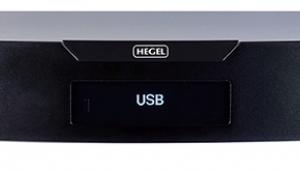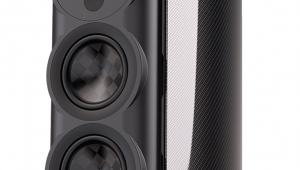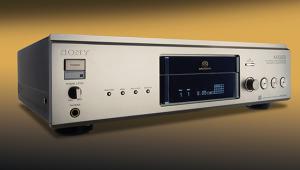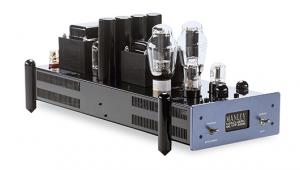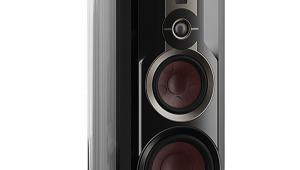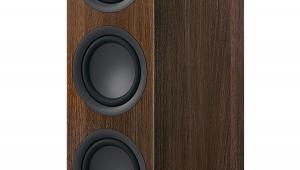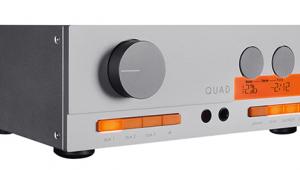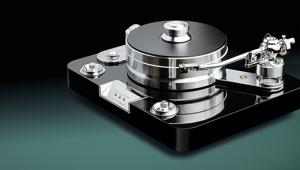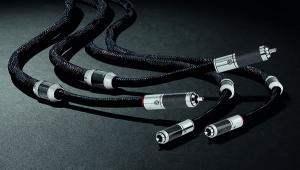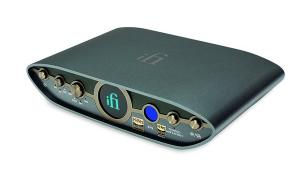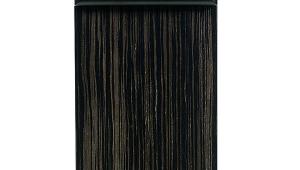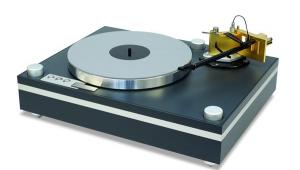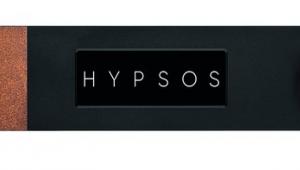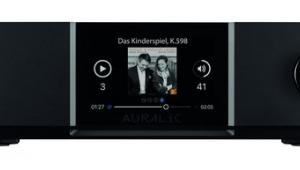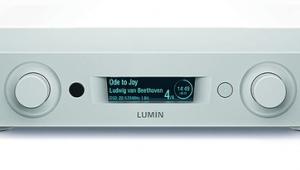Musical Fidelity M8x Vinyl MM/MC phono preamplifier


As any experienced vinyl spinner will attest, your choice of phono preamplifier can have as great an impact on sound as the partnering turntable, arm and cartridge. Case in point, a few months ago Musical Fidelity’s Nu-Vista Vinyl 2 [HFN Feb ’24] made a big impression – and not only because of its bulk. The M8x Vinyl is closely related to that unit [see boxout], albeit minus the nuvistor valve stage and equipped with a more practical housing. What the newest phono preamplifier from the company retains is a can-do attitude, offering support for a broad range of moving-magnet and moving-coil cartridges. There’s also the dual-mono, fully balanced design, powered by a sizeable ‘Encapsulated Super Silent’ toroidal transformer. So while there are differences there are striking similarities too.
Even before Musical Fidelity was acquired by Heinz Lichtenegger of Audio Tuning (Pro-Ject) fame, flexible phono preamps were part of the company’s DNA. This ethos is only reinforced now the British brand is aligned with one of the foremost turntable manufacturers, and purveyor of lots more vinyl-related kit to boot. The ‘x’ in the M8x Vinyl is a giveaway that this phono preamplifier is part of a respectfully revived range which has been introduced piecemeal since Lichtenegger took over. As such, the £3599 M8x Vinyl slots between the £9999 Nu-Vista Vinyl 2 and the cheaper M6x Vinyl (£1849), launched in 2023. It has competitors at £3000-£4000, but its flexibility in gain and loading options sets the M8x Vinyl apart from the crowd.
Balanced attitude
Compared to lower-cost phono amps, and many rivals, the M8x Vinyl boasts several independent inputs, including balanced connections. This is no real surprise as, for the last few years, Lichtenegger has been heavily promoting balanced connections for turntables. Part of that strategy has led sister brand Pro-Ject to offer balanced outputs on new models in its mid and top-end ranges [HFN Jan ’25], and the Austrian company complements this with balanced cabling and even its own cartridges – including, uniquely, a balanced moving-magnet model. In practice, only moving-coil cartridges are typically wired to deliver a truly balanced output.
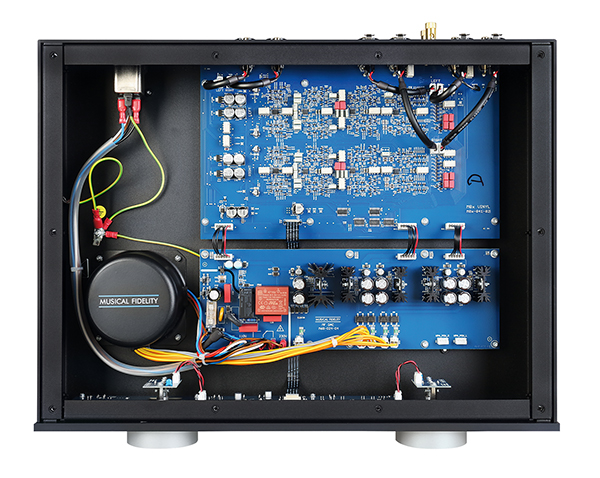
The M8x Vinyl’s dual sets of RCA and XLR inputs are selected via one of two large rotaries dominating the alloy fascia. Are you a truly dedicated – bordering on fanatical – vinyl fan with four turntables or a deck with multiple tonearms? This unit has you covered, although as most new Pro-Ject decks are equipped with a five-pin mini-XLR connector, you’ll need an adapter to break this out to the standard, full-sized three-pin XLRs on the M8x Vinyl’s rear. Pro-Ject’s ‘Connect it Phono DS 5P/XLR’ will fit the bill, but it’s an aftermarket purchase if you plump for a Pro-Ject/MF front-end.
Wide load
One of the challenges that ownership of the Nu-Vista Vinyl 2 presents is finding a place for such an oversized unit, as the footprint of all Nu-Vista 800 separates is substantial, to say the least. Luckily, the M8x Vinyl is easier to park even if it’s still a significant slab of alloy. Its 480mm width is broader than mainstream hi-fi hardware, so slipping it into your AV rack might be impossible. That was the case with my own Blok Stax rack [HFN Nov ’24], which is made to house standard 430mm-wide units with space to spare for ventilation on both sides. The dimensions of the M8x Vinyl do match those of other M8x products though, including the EISA Award-winning M8xi integrated amplifier [HFN Jul ’20]. Presumably the M8x DAC, which is whispered to be on its way, will be the same, allowing you to build a neat – but oversized – hi-fi system.
Lighting the way
Leaving its width aside, the M8x Vinyl speaks the same sleek design language as Musical Fidelity’s smaller M marque products, including the M6x DAC [HFN Jul ’22]. With its array of blue LEDs on its curved aluminium facade, it’s not exactly minimalistic, but not gaudy either. These LEDs, indicating input, gain, loading and other features, are pin-hole types so don’t light up the room when spinning discs.
Three tiny buttons select between MM or MC operation, plus eight possible (parallel) capacitances for moving magnet (50-400pF) and nine input loads for moving-coil (5ohm-47kohm), ensuring the M8x Vinyl is suitable for a very broad range of cartridges. Additional flexibility is available via the second large rotary, situated on the right, which scrolls through four levels of input gain. MM cartridges are supported by +40dB to +49dB gain while MCs have between +60dB to +69dB, all in steps of ±3dB [see PM's Lab Report]. Fine-tuning ‘on-the-fly’ is certainly possible with this phono stage, with auto-muting preventing ‘thumps’ coming through your loudspeakers as you switch gain or load.
Those dabbling in vinyl archaeology will be pleased to discover the M8x Vinyl featuring legacy Decca and Columbia EQ curves [HFN Apr ’22], next to the contemporary RIAA setting. Finally, a two-stage subsonic filter tackles excess bass from vinyl warps or a prominent tonearm/cartridge resonance.
![]() Rich pickings
Rich pickings
The phrase ‘a chip off the old block’ springs to mind with the M8x Vinyl, because while it lacks the tube stage of Musical Fidelity’s higher-end Nu-Vista model, it goes about its business in a similar fashion. Connected at first to a Pro-Ject X2 B/MC9 set-up [HFN Sep ’22], Primare PRE35/A35.2 pre/power [HFN Dec ’19] and a pair of DALI Rubicon 2 standmounts, its presentation was dynamic and vivid, with a richness to it that lured me in to track after track. The comprehensive cartridge settings, meanwhile, enabled fine-tuning from the ‘comfort’ of the front panel.
The double LP release of The Man With A Movie Camera [Ninja Tune ZEN78] is a personal favourite, both as a standalone work and as a reminder of a superb performance by the Cinematic Orchestra that I attended many years ago, where the music was combined with a screening of the eponymous silent documentary by Soviet filmmaker Dziga Vertov. With Pro-Ject’s top-tier MC pick-up dialled in for 100ohm, the M8x Vinyl unearthed bags of fine detail in the percussive backing, resulting in an expansive, open portrayal.
It’s a ‘silent’ performer too, my subjective impression being of a brilliantly dark background which suited the measured arrangements of the album. The slow twang of the contrabass and the subtle analogue synth tones were there to be fully savoured, while surges of strings and jazzy brass made a suitably powerful appearance on a well-defined soundstage.
Contributing to the M8x’s dynamic, open sound is its excellent channel separation. With no detectable crosstalk I could easily relish the discord between the blasts of baritone saxophone in the left channel, and the saxophone pushed to the right, in the first track – ‘Solo Dancer’ – from The Black Saint And The Sinner Lady [Second Records SRPD0063]. As befits Charles Mingus, a big proponent of jazz improvisation, this track devolves into frantic, chaotic playing, with an especially frenzied ending.
The absence of smearing, or of a muddy representation, helped keep tabs on everything, making it easy to enjoy the rambunctious whole or focus on certain instruments. Handy, considering Mingus’s landmark piece was played by an eleven-piece band, and every instrument seems to be battling the others for prominence. The M8x Vinyl’s strong showing here ensured the album sounded exciting but coherent, even as ‘Mode E’ on Side Two veered from harmony to chaos, and it again let the MC9 cartridge showcase its talent for conveying lots of upper-midrange and high-frequency information.
In the limelight
With the Pro-Ject turntable and Primare PRE35 I had run the M8x Vinyl in a completely balanced set-up, so what about a more conventional unbalanced approach? Turning to an ELAC Miracord 90th Anniversary turntable [HFN Jul ’17], using a Goldring Elite moving-coil cartridge and the bundled RCA cable, I dug out Daft Punk’s Random Access Memories [10th Anniversary Edition; Sony Music 19658773731]. Setting the loading to ‘100R’, as advised by Goldring, proved a good choice to ensure the M8x Vinyl placed the artificial voice of ‘The Game Of Love’ in the limelight.
However, as the Goldring cartridge is relatively bright, I felt the synthesised effects that give this Daft Punk set its retro-nostalgic feel appeared a bit thin, particularly on ‘Giorgio by Moroder’, which builds steadily toward a rousing guitar and drum finale. This is where the M8x Vinyl’s on-the-fly adjustments come into play. Thanks to the buttons on the front – there’s no need to faff around with difficult-to-reach DIP switches sequestered on the rear panel – it took little effort to add some warmth to the proceedings.
Music with soul
Switching to a Technics SL-1200GR2 turntable [HFN Sep ’24] and an Audio-Technica VM750SH MM cartridge, the After Dark: Night Shift set [Another Late Night ALN36] from the label’s ‘LateNightTales’ series was crafted in a polished manner. A down-tempo album with a lot of funk influences, compiled by DJ historian Bill Brewster, it should be a perfect match for the Technics deck, and the M8x Vinyl played its part in handling the groovy vibes and rhythmic, percussive guitar.

This preamplifier’s delivery of the trumpets, background singing and afrobeat ambience of ‘Soul Machine’ was spot on, all the elements arriving vividly and discretely. And with the follow-up track, ‘Magic’, which turns up the 1970s dial even more, the M8x Vinyl did a first-rate job. This is music with soul, and that’s exactly how Musical Fidelity’s phono stage delivered it.
Hi-Fi News Verdict
With comprehensive support for 99.9% of MM/MCs, and offering inputs for multiple turntables, the M8x Vinyl is an excellent choice for vinyl enthusiasts wishing to experiment. But even with a single deck, there’s a lot to like about this well-designed unit. Offering rich sound, excellent separation and a dark background, it gets the most out of your turntable, cart and no less importantly... your records.
Sound Quality: 88%
